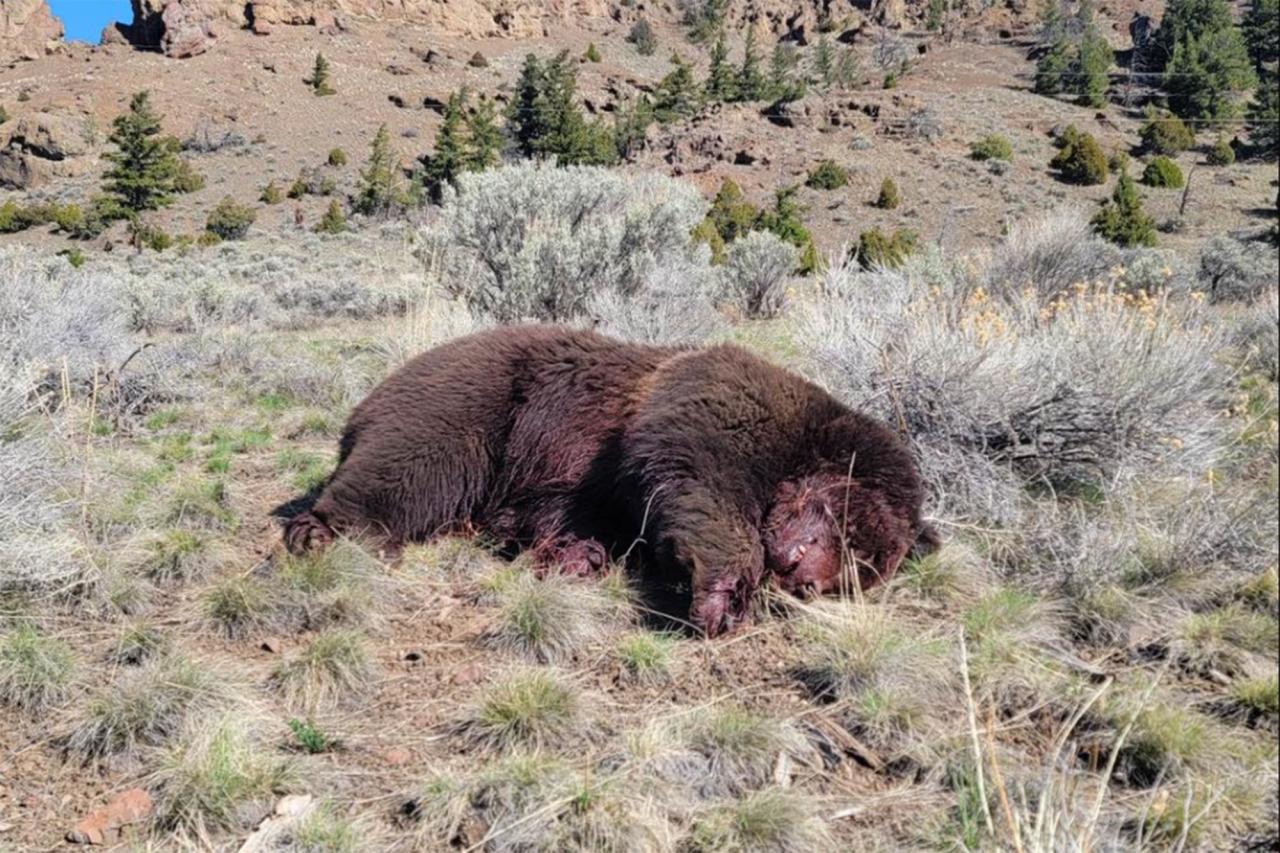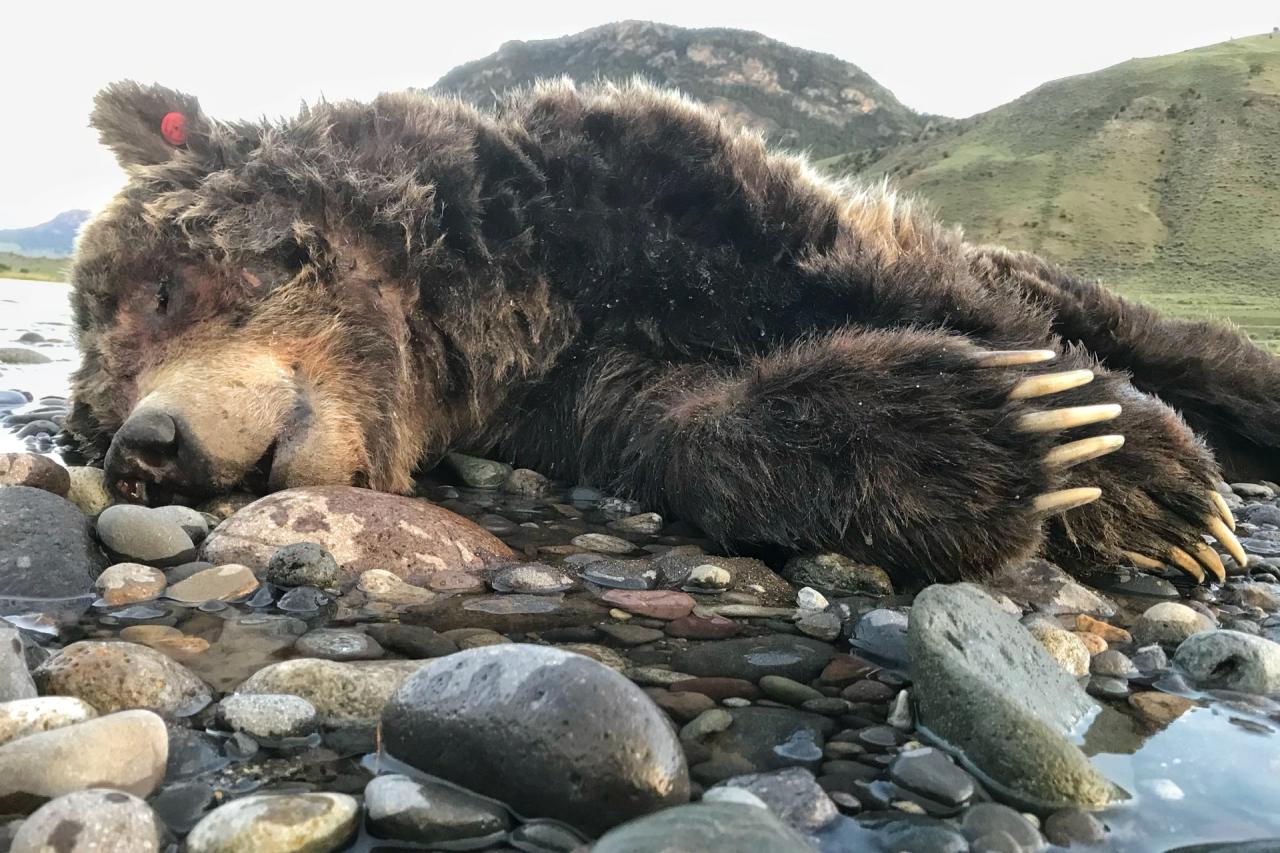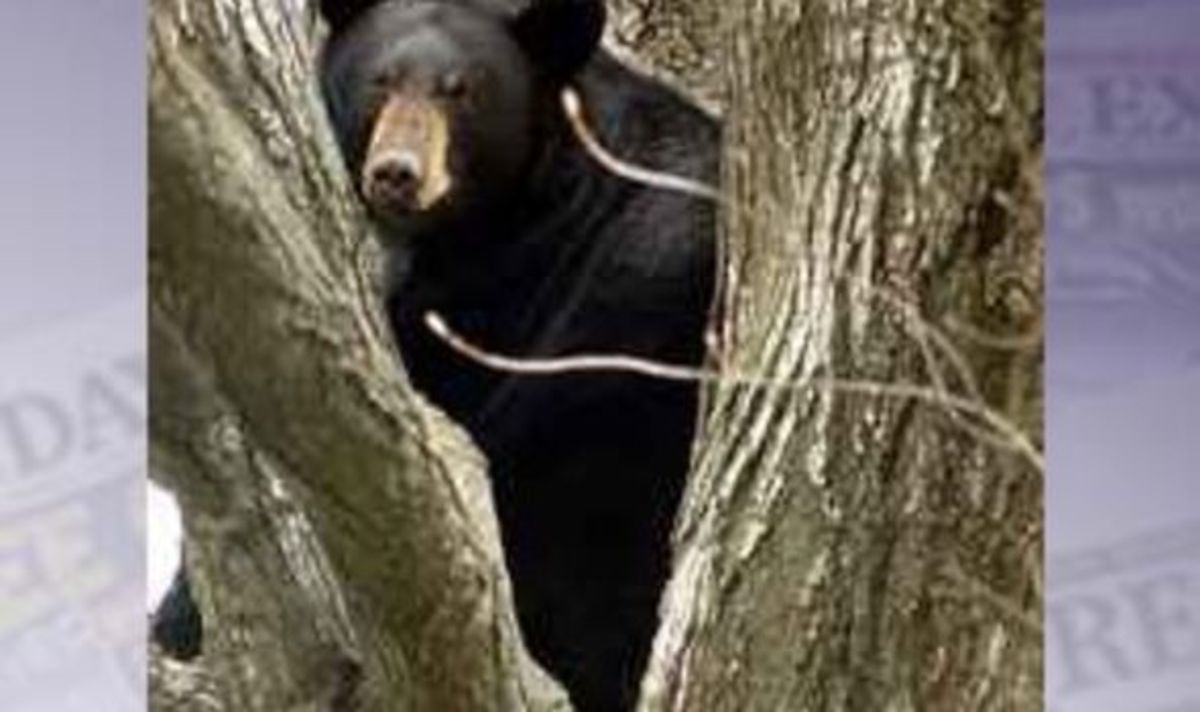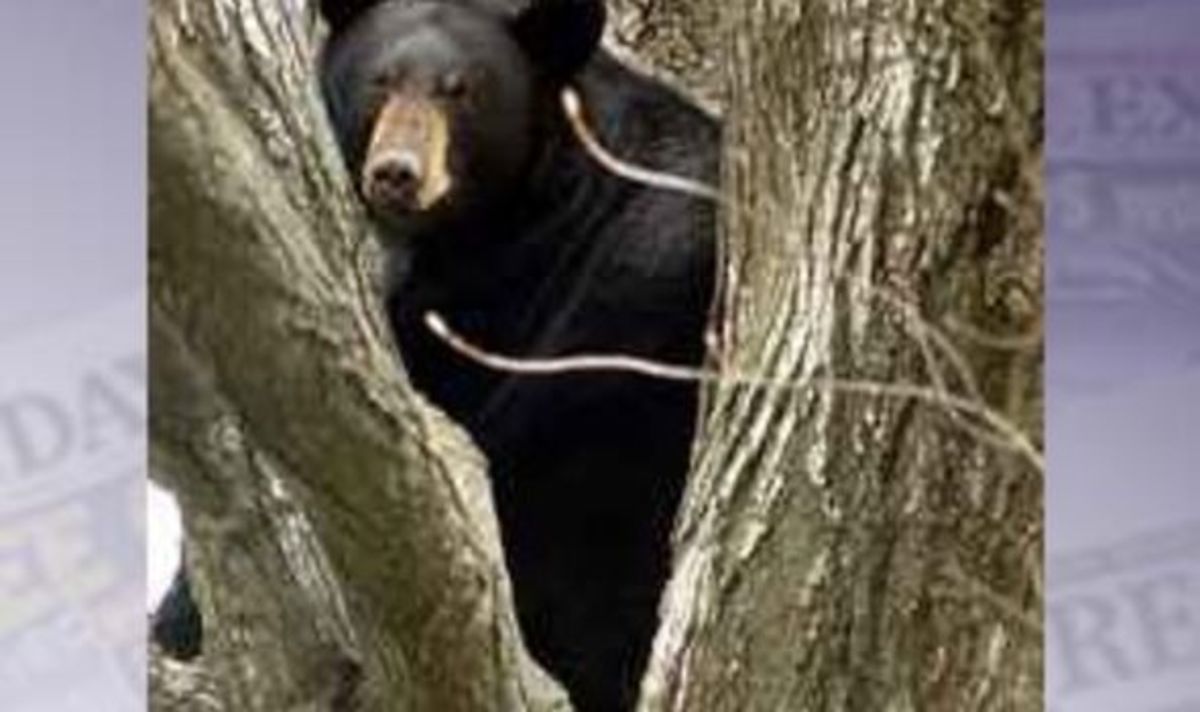Who died on the bear? A question that sends shivers down the spine, this article delves into the tragic world of fatal bear attacks, uncovering the circumstances, behaviors, and cultural significance surrounding these deadly encounters.
From the remote wilderness to the suburban backyard, bear attacks have left an indelible mark on human history. This comprehensive exploration sheds light on the factors that contribute to these fatalities and the lessons we can learn to prevent future tragedies.
Historical Bear Attacks

Bear attacks have been a part of human history for centuries, resulting in numerous fatalities. These attacks often occur when bears are startled, threatened, or defending their territory or young. Understanding the circumstances surrounding these incidents can help us prevent future tragedies.
The following is a comprehensive list of notable bear attacks that resulted in human fatalities:
Fatal Bear Attacks in North America, Who died on the bear
- 1823:Hugh Glass, a fur trapper, was mauled by a grizzly bear in present-day South Dakota, USA. Despite being severely injured, he managed to survive and crawl for over 200 miles to safety.
- 1967:Timothy Treadwell, a self-proclaimed bear expert, was killed by a brown bear in Katmai National Park, Alaska, USA. Treadwell had spent years living among bears and believed he had a special connection with them.
- 2009:A black bear attacked and killed a 12-year-old boy in Yosemite National Park, California, USA. The boy was hiking with his family when the bear charged them from behind.
Fatal Bear Attacks in Europe
- 1915:A brown bear killed two hikers in the Pyrenees Mountains, France. The hikers were camping in an area known to be inhabited by bears.
- 1996:A polar bear attacked and killed a man in Svalbard, Norway. The man was part of a scientific expedition and was camping on the ice when the bear attacked.
- 2009:A brown bear attacked and killed a hiker in the Carpathian Mountains, Romania. The hiker was hiking alone when the bear attacked.
Factors Contributing to Fatalities
Several factors contribute to the severity of bear attacks, including:
- Bear species:Some bear species, such as brown bears and polar bears, are more likely to attack humans than others.
- Age and size of the bear:Older, larger bears are more likely to be aggressive and cause serious injuries.
- Location:Attacks are more likely to occur in areas where bears are common and have little contact with humans.
- Human behavior:Surprising a bear, approaching it too closely, or feeding it can increase the risk of an attack.
Lessons Learned
The following lessons can be learned from these historical bear attacks:
- Be aware of your surroundings:Pay attention to signs of bear activity, such as tracks, scat, or overturned rocks.
- Make noise when hiking in bear country:This will help alert bears to your presence and give them time to move away.
- Carry bear spray:Bear spray is an effective deterrent against bear attacks.
- Store food properly:Food should be stored in bear-proof containers or hung high in trees.
- Never approach a bear:If you see a bear, give it plenty of space and leave the area.
Bear Behavior and Safety Precautions

Understanding bear behavior and taking appropriate precautions are crucial for minimizing the risk of encounters. Different habitats influence bear behavior, so it’s essential to be aware of these variations and adjust your approach accordingly.
Bears are generally shy and avoid human contact. However, they may become aggressive if they feel threatened, startled, or protective of their food or young.
Encountering a Bear
If you encounter a bear, remain calm and avoid sudden movements. Slowly back away while facing the bear and making yourself appear as large as possible. Make noise by clapping, talking, or singing to alert the bear to your presence.
Do not run or climb a tree, as bears can outrun and outclimb humans. Carry bear spray and know how to use it effectively. If a bear charges, deploy the spray immediately and aim for the bear’s face.
Food Storage and Waste Disposal
Proper food storage and waste disposal are vital to prevent attracting bears. Store food and scented items in bear-proof containers or canisters. Never leave food or trash unattended, and dispose of waste properly in designated bins or bear-proof dumpsters.
Cultural and Folklore
Bears have held a significant place in human culture and folklore for centuries. They have been revered, feared, and respected in various societies, inspiring countless stories, myths, and artistic representations.
Symbolic Significance
Bears have often been associated with strength, courage, and wisdom. In many cultures, they are seen as symbols of protection and guidance. In Native American traditions, for instance, the bear is considered a sacred animal with healing powers.
Mythological Depictions
Bears feature prominently in mythologies worldwide. In Greek mythology, the goddess Artemis was often depicted with bears as her companions. In Norse mythology, the god Thor was said to have a chariot pulled by bears.
Art and Literature
Bears have been a popular subject in art and literature throughout history. From cave paintings to modern sculptures, they have been depicted in a variety of forms. In literature, bears have been featured in fables, fairy tales, and novels, often representing both the wild and the human.
Evolution of Perceptions
Human perceptions of bears have evolved over time. In ancient times, bears were often seen as dangerous predators to be feared. However, as humans began to understand their behavior better, attitudes towards bears shifted. Today, while bears are still respected for their power, they are also appreciated for their intelligence and ecological importance.
Concluding Remarks

As we navigate the delicate balance between human encroachment and wildlife preservation, understanding who died on the bear becomes paramount. By unraveling the complexities of bear behavior, cultural perceptions, and safety precautions, we can foster a harmonious coexistence with these magnificent creatures.
FAQ Resource: Who Died On The Bear
What are the most common species of bears involved in fatal attacks?
Brown bears, black bears, and polar bears are responsible for the majority of fatal bear attacks.
What are the typical circumstances surrounding fatal bear attacks?
Surprise encounters, improper food storage, and defending cubs or territory are common triggers for fatal bear attacks.
What are the most effective safety precautions to avoid bear encounters?
Making noise, carrying bear spray, and storing food properly are crucial safety measures to minimize the risk of bear encounters.

